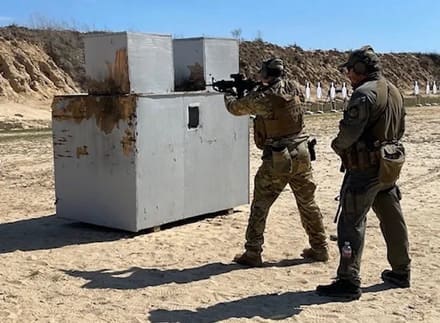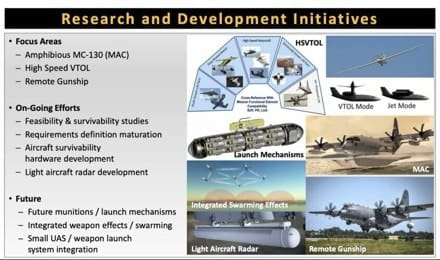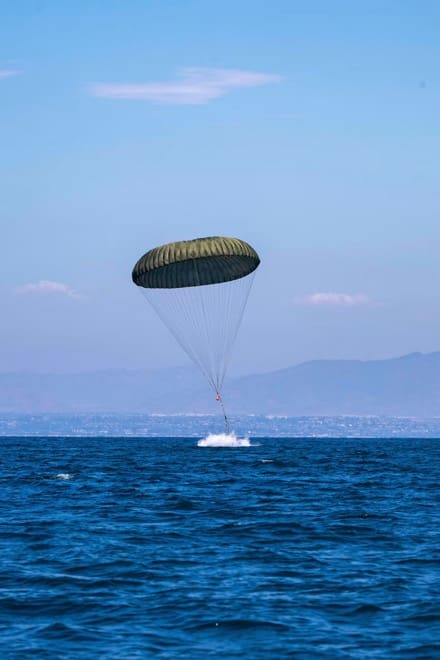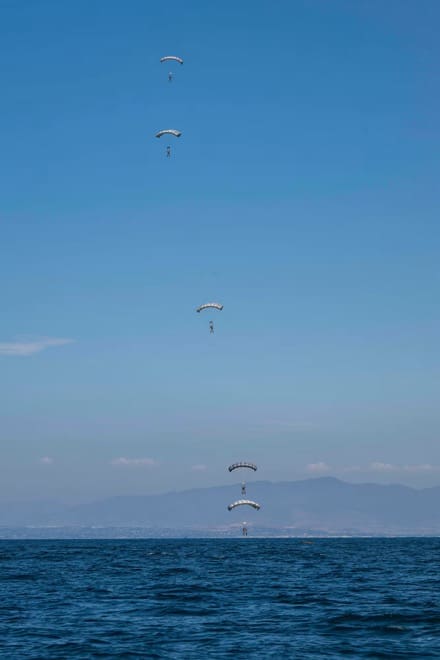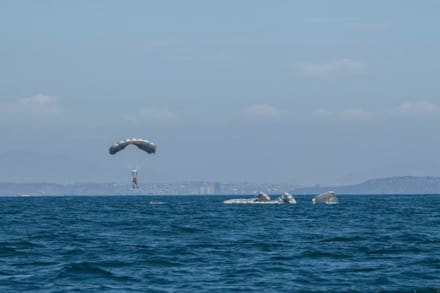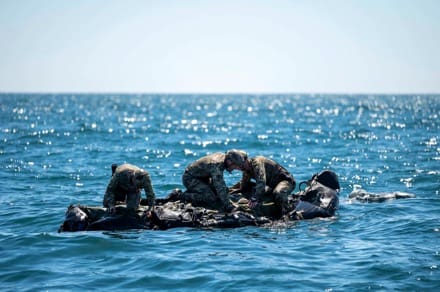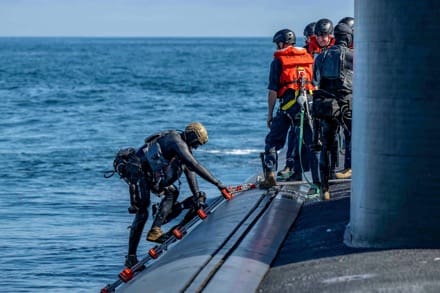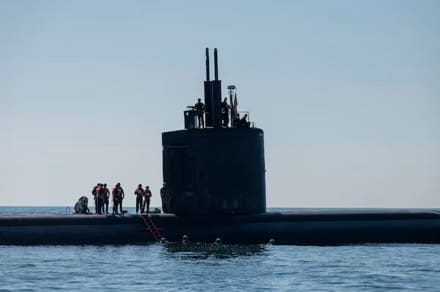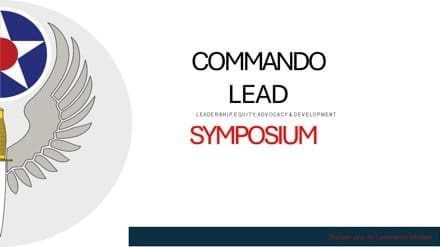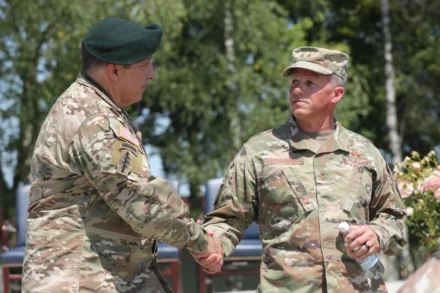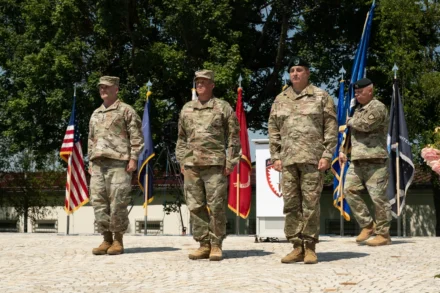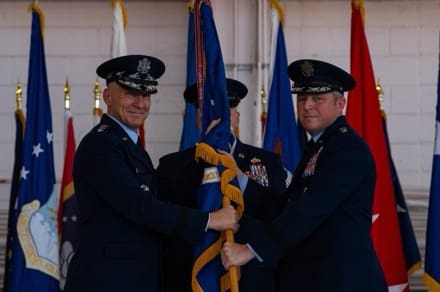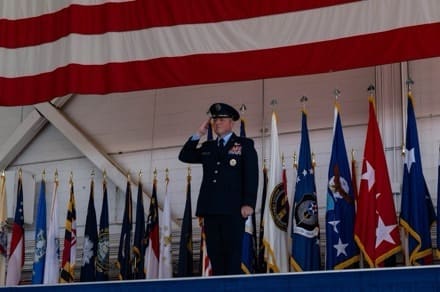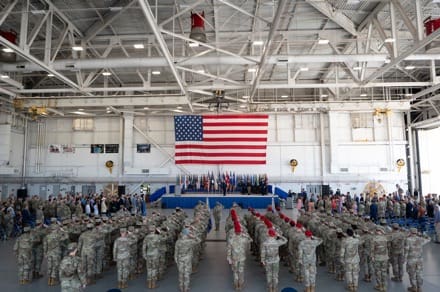HURLBURT FIELD, Fl. —
Air Commandos throughout Air Force Special Operations Command will bid farewell to Lt. Gen. Tony Bauernfeind on July 2nd, as he prepares to depart AFSOC to serve as the Superintendent, United States Air Force Academy, Colorado Springs, Colorado.
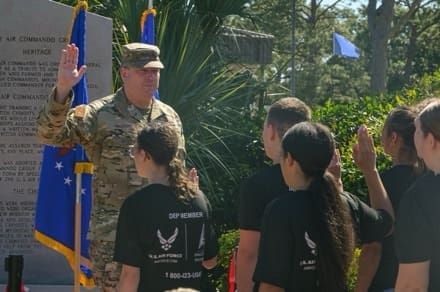
When he assumed command in December 2022, one of his first actions was to address the more than 22,000 total force and civilian Air Commandos worldwide. In his initial communication, the 13th Commander of AFSOC noted their outstanding dedication to the mission, the Air Force core values, and their oath to the Constitution of the United States.
“Equally inspiring is your devotion to the professionalism and high standards necessary to uphold our sacred trust to the American public,” he said. “Your service is clearly making an impact for our nation, and we will focus on enhancing your quality of service.”

Bauernfeind followed through by modernizing missions, such as the retirement of the final operational MC-130H Combat Talon II and carrying the mission over to the MC-130J Commando II aircrews, maintainers and support teams.
The general also took on the challenge of wing standardization during his command. In March 2023, five wings assigned to AFSOC implemented the wing air staff (A-staff) structure. The new structure reduced the administrative burden at the squadron level to allow them to focus on the mission. AFSOC also established a new headquarters directorate, A7, Air Commando Development in April 2023, designed to provide policy and oversight for how Air Commandos deliberately train, exercise, experience, and educate for deployments.
In addition, AFSOC executed Exercise Talon Spear, the command’s first Small Unmanned Aerial Systems collaboration exercise. It marked the first step for AFSOC on its path toward modernization through the Adaptive Airborne Enterprise (A2E) concept. The exercise marked the beginning of the evolution from using the MQ-9 Reaper platform exclusively for its intelligence gathering and strike capabilities to a node (mobile control center) in a distributed command and control concept, furthering AFSOC’s power projection capabilities.
Next, Bauernfeind addressed Air Commandos and their families.
“We recognize the challenges and sacrifices you and your families make to serve this great nation, and we will focus on enhancing your quality of life,” he said.
He accomplished this by improvements to the Integrated Resiliency Optimization Network, which encouraged communication between helping agencies and enabled coordination within the psychological, social, physical, and spiritual resiliency pillars. This effort allowed consolidation of support efforts to take care of Air Commandos.
He also advocated for infrastructure improvements when he tackled the traffic congestion issue at Hurlburt Field, inviting community leaders and state and county officials to several roundtable discussions to brainstorm solutions to the highly congested Highway 98 near the base which can limit mission effectiveness for AFSOC’s alert requirements.

Bauernfeind also provided the vision for the opening of the Hurlburt Field Memorial Air Park to the public for the first time in 20 years, allowing visitors to come face-to-face with the aircraft, mission and stories – past, present and future. Static aircraft are displayed alongside memorials and informational plaques to provide insight into the men and women who served in AFSOC.
Bauernfeind concluded his introduction by addressing the transformation of the command.
He helmed the command during the ongoing transformation of AFSOC, which involved the continued development of the force generation cycle, implementation of mission command, progression of Special Operations Task Groups and creation of multi-domain theater-focused squadrons.
Additionally, the first activated Special Operations Theater Air Operations Squadron was introduced, which allows AFSOC to bolster the AFSOF unique capabilities offered to Theater Special Operation Commands as well as Theater Air Components, adapting to the ever-changing operational landscape.
“Today is a pivotal time to serve in AFSOC as we navigate a strategic inflection point and continue the work of transforming the command,” he said. “While we face many challenges, we are confident in our future because of your dedication to our mission and innovative spirit.”
These projects, along with countless others, will continue as the general passes command to his successor.
Safe journey Sir!
By Lucelia Ball, Air Force Special Operations Command Public Affairs
